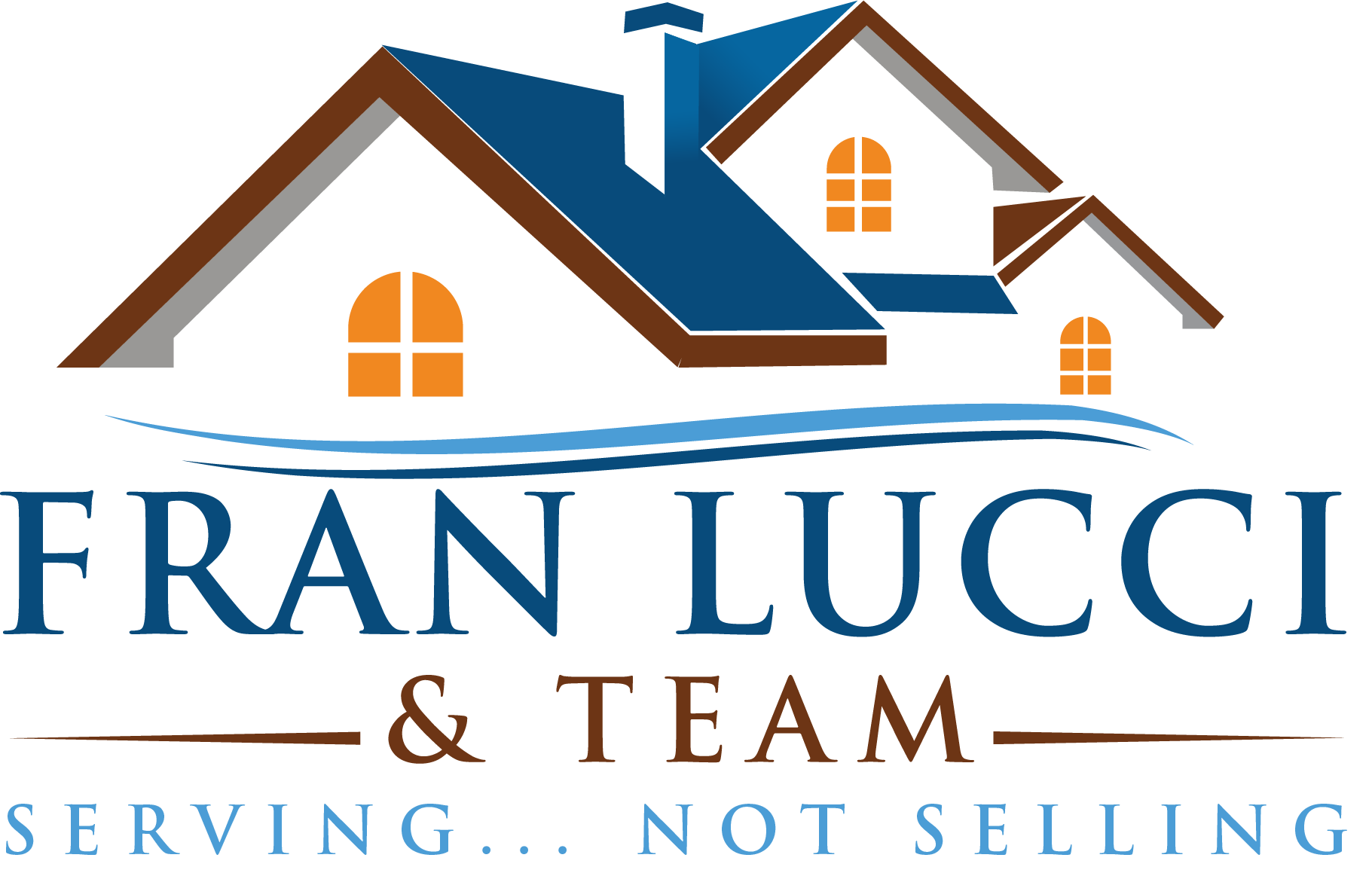Ensuring your future home is safe from flooding is more important than ever.
When searching for a new home, one of the essential aspects that often gets overlooked is flooding resilience. With the increasing frequency and severity of floods due to climate change. Here are the key factors to consider:
-
Flood Zone Designation
- What It Is: FEMA (Federal Emergency Management Agency) categorizes areas into different flood zones based on their flood risk.
- Why It Matters: Homes in high-risk zones (e.g., Zone A or V) are more likely to experience flooding and may require flood insurance. Always check the flood zone designation before purchasing a property.
-
Elevation of the Property
- What It Is: The elevation of a property refers to its height above sea level.
- Why It Matters: Higher elevation reduces the risk of flooding. A home situated on higher ground or with an elevated foundation is less likely to suffer flood damage.
-
Local Drainage Systems
- What It Is: Drainage systems, such as stormwater drains and retention ponds, are designed to manage excess water during heavy rains.
- Why It Matters: Poor or outdated drainage systems can lead to water accumulation and flooding. Assess the efficiency of local drainage infrastructure and whether the property has any features like French drains or sump pumps to mitigate flooding.
-
Flood History of the Property
- What It Is: The flood history includes any past incidents of flooding on the property.
- Why It Matters: A property with a history of flooding is likely to be vulnerable to future events. Ask for a detailed flood history report, and be wary of properties that have experienced repeated flooding.
-
Building Materials and Construction
- What It Is: The materials and techniques used in the construction of a home can influence its flood resilience.
- Why It Matters: Flood-resistant materials (e.g., concrete, tile) and features like elevated electrical systems, waterproof coatings, and proper grading around the home can help minimize damage in the event of a flood.
-
Availability of Flood Insurance
- What It Is: Flood insurance covers damage caused by flooding and is often separate from standard homeowner’s insurance.
- Why It Matters: Flood insurance is essential for homes in flood-prone areas. Research the availability, cost, and coverage options for flood insurance. In some high-risk areas, it may be a requirement for obtaining a mortgage.
-
Proximity to Water Bodies
- What It Is: The distance between the property and nearby rivers, lakes, or oceans.
- Why It Matters: Proximity to water bodies increases flood risk, especially during storms or hurricanes. Consider the property’s location in relation to these features and whether there are any natural or man-made barriers (like levees) that offer protection.
-
Future Climate Predictions
- What It Is: Climate predictions provide insights into future weather patterns and potential increases in flooding risk.
- Why It Matters: Climate change is likely to increase the frequency and intensity of flooding in certain areas. Review climate projections for the region to understand how future conditions might impact your property.
-
Community Flood Mitigation Efforts
- What It Is: Community efforts such as floodplain management, levees, and public awareness programs aimed at reducing flood risk.
- Why It Matters: A proactive community can greatly reduce the risks of flooding through collective measures. Investigate the local government’s flood mitigation efforts and any community-wide initiatives to protect homes from flooding.
-
Emergency Response and Evacuation Plans
- What It Is: The local community’s preparedness for dealing with flooding, including emergency services and evacuation routes.
- Why It Matters: In the event of a flood, quick access to emergency services and well-planned evacuation routes can be lifesaving. Ensure the community has a robust emergency plan in place.
When buying a home, taking the time to assess these key factors can help you avoid the heartache and financial strain that comes with flood damage. By prioritizing flooding resilience, you can make a smart, long-term investment in a safe and secure home.
Flood resilience isn’t just about protection; it’s about peace of mind. Investing in a home that can withstand the challenges of extreme weather ensures that your property remains a safe haven for you and your family, no matter what the future holds.
